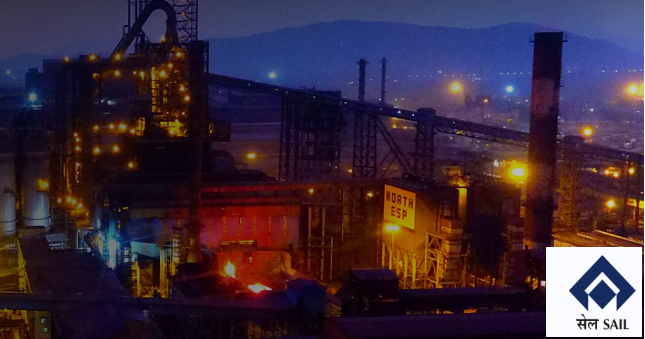
(Photo : www.sail.co.in)
- India's steel exports rose by 11% in October, with imports decreasing due to government restrictions on low-quality steel.
- Domestic steel prices have increased, and production is projected to reach 152 million tonnes by 2024-25.
- Global challenges include increased Chinese exports and uncertain demand due to slow economic recovery.
- Despite these, the Indian steel industry shows resilience and potential for growth, driven by government infrastructure projects and urbanisation.
India's steel industry has been making headlines recently, with exports recording a double-digit growth of 11% in October compared to the previous month.
This significant increase, from 4 lakh tonnes in September to 4.4 million lakh tonnes in October, indicates an improved outlook for the sector, according to data compiled by the Ministry of Steel. This growth in exports is accompanied by a dip in imports, a development that is expected to benefit domestic steel companies.
The decrease in imports will likely enable these companies to fetch better prices for their products in the third quarter, as stated by a senior official.
This is the first time in the current financial year that imports have slowed, a change brought about by the government's restrictions on poor-quality steel imports from countries like Vietnam. Consequently, steel imports declined by 4% to 9.8 lakh tonnes after reaching a peak of 11 lakh tonnes in September.
Domestic Steel Sector Shows Improvement
The domestic steel sector has also seen some improvements, with the price of long products increasing by around 2% to Rs 53,000 per tonne compared to September. This positive trend was confirmed by senior officials from the Steel Authority of India Limited (SAIL) and JSW Steel CEO Jayant Acharya. During an investor call, Acharya noted that prices are looking up following a sharp decline in September when imports had surged to a record high.
Looking ahead, India's steel production in 2024-25 is projected to reach 152 million tonnes, with an annual growth of 8%. This growth is expected to be driven by government expenditure on large-scale infrastructure projects such as highways, ports, and railways. The increasing urbanisation and surge in construction activity are also expected to drive up demand for steel products.
Global Challenges and the Future of Indian Steel Industry
However, it's important to note that the steel industry is not without its challenges. For instance, the slowdown in China's economy has led to an increase in Chinese exports, resulting in losses in local markets and an increase in trade restrictions. This has prompted companies like Thyssenkrupp to announce plans to reduce their steel capacity.
Moreover, the global demand for steel products remains uncertain due to the slow and uneven recovery from the 2020 economic downturn. The International Monetary Fund (IMF) has revised down its global economic growth forecast for 2021, projecting limited progress toward catching up to the [expected] path of economic activity for 2020-2025.
Despite these challenges, the Indian steel industry's recent performance is a testament to its resilience and potential for growth. The double-digit growth in exports and the dip in imports are positive signs for the sector.
With the government's continued investment in infrastructure and the increasing demand for steel products due to urbanisation and construction activity, the future of India's steel industry looks promising.









